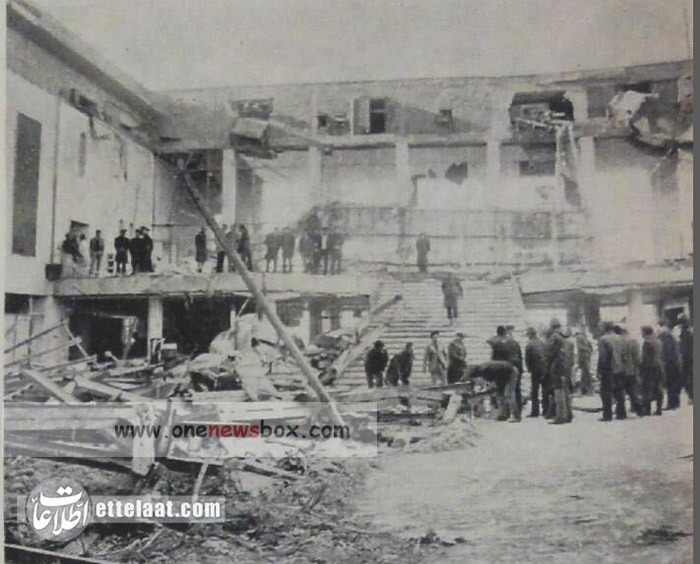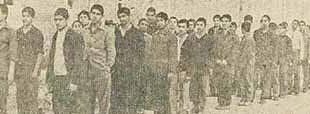Tohidi’s death in the Mehrabad collapse left a significant void in the academic community, and his contributions to the study of Persian phonetics remain a part of his enduring legacy. His tragic death is a reminder of the human cost of this avoidable disaster, which affected not only the victims but also the intellectual and cultural life of Iran.
The Aftermath: Changes in Emergency Management and the Role of U.S. Cooperation
The aftermath of the Mehrabad Airport roof collapse led to significant changes in Iran’s emergency management systems. Prior to this incident, Iran lacked a coordinated system for responding to disasters and providing assistance in emergencies. The collapse highlighted the need for a more robust emergency response infrastructure, particularly in relation to sudden accidents that could result in mass casualties. As a result of the incident, the Iranian government, in cooperation with the United States, established the country’s first formal Emergency Department. This department was designed to address the need for an organized system to provide immediate medical aid, evacuate injured individuals, and transport them to hospitals.
The establishment of the Emergency Department marked a significant shift in how Iran prepared for and responded to accidents and disasters. Prior to this, there had been no comprehensive system for responding to emergencies of this scale. The creation of this department was a direct response to the shortcomings exposed by the Mehrabad collapse, and it represented an important step toward modernizing the country’s approach to disaster management.

